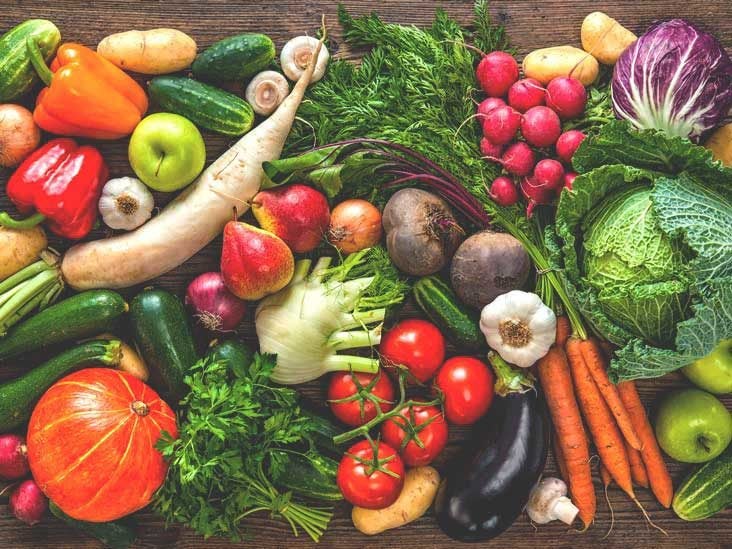Fruits and Vegetables - Walmart Grocery

Rumored Buzz on Vegetable Seeds & Plants - Tomatoes, Peppers & More - Park
Falling outside these definitions are edible fungis (such as edible mushrooms) and edible seaweed which, although not parts of plants, are typically dealt with as vegetables. In the latter-mentioned meaning of "veggie", which is utilized in daily language, the words "fruit" and "veggie" are equally special. "Fruit" has a precise botanical meaning, being a part that developed from the ovary of a blooming plant.

< This Is Noteworthy ="display:none" itemprop="caption">How Dangerous is a Lack of Fruit and Vegetables?
While peaches, plums, and oranges are "fruit" in both senses, numerous items commonly called "vegetables", such as eggplants, bell peppers, and tomatoes, are botanically fruits. The concern of whether the tomato is a fruit or a veggie found its method into the United States Supreme Court in 1893. The court ruled unanimously in that a tomato is properly recognized as, and hence taxed as, a vegetable, for the functions of the Tariff of 1883 on imported fruit and vegetables.

How Dangerous is a Lack of Fruit and Vegetables?
History Before the advent of farming, human beings were hunter-gatherers. They foraged for edible fruit, nuts, stems, leaves, corms, and bulbs, scavenged for dead animals and hunted living ones for food. Forest gardening in a tropical jungle cleaning is thought to be the first example of farming; beneficial plant species were identified and encouraged to grow while unwanted types were eliminated.
While the first proof for the domestication of grasses such as wheat and barley has actually been discovered in the Fertile Crescent in the Middle East, it is likely that various individuals worldwide began growing crops in the period 10,000 BC to 7,000 BC. Subsistence agriculture continues to this day, with lots of rural farmers in Africa, Asia, South America, and somewhere else using their plots of land to produce adequate food for their families, while any surplus produce is used for exchange for other products.
The Best Guide To How to Use Fruits and Vegetables to Help Manage Your

The addition of veggie matter provided some range to the diet plan. The essential diet plan of the Aztecs in Central America was maize and they cultivated tomatoes, avocados, beans, peppers, pumpkins, squashes, peanuts, and amaranth seeds to supplement their tortillas and porridge. In Peru, the Incas survived on maize in the lowlands and potatoes at greater altitudes.
